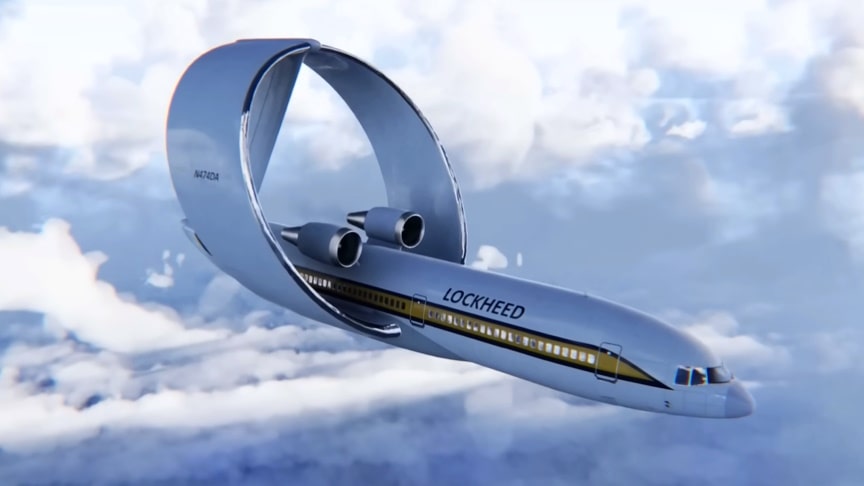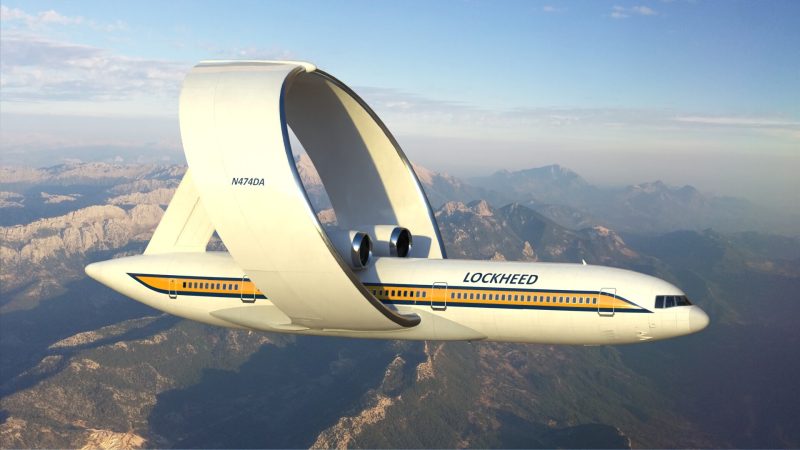Imagine an aircraft with wings so unconventional that they form a complete circle around the fuselage. Yes, you read that right—a circular wing, or more precisely, a “ring wing.” This isn’t a concept from a sci-fi movie; it’s an actual design by Lockheed.
While it never made it to the skies, the idea behind this unique aircraft has fascinated aviation enthusiasts for years. Let’s delve into the Lockheed ring wing aircraft, its roots, specifications, and why it never got off the ground.
The Roots of the Ring Wing

The concept of a ring wing aircraft isn’t entirely new; it has its origins in the early days of aviation. The French were among the first to experiment with closed-wing designs. One of the earliest examples was the Bell Riot aircraft, which featured two annular wings mounted in tandem.
Later versions even replaced the forward annular wing with a biplane design and added a Canard 4 plane, making it a three-service aircraft. Unfortunately, the Bell Riot was damaged beyond repair during its initial tests.
Specifications: A Closer Look
The Lockheed ring wing commercial transport was envisioned to be a substantial aircraft, measuring 52 meters in length with a wing circumference of 7.4 meters. The wing would attach to the fuselage at a low mid-length point and arch back 27 degrees to join the tail, reaching a total height of up to 23 meters.
Innovative Design for Efficiency
One of the most intriguing aspects of this design was its potential for fuel efficiency. The aircraft could accommodate up to 120 passengers and was particularly well-suited for commuter routes that didn’t require high altitudes.
Unique Advantages
The ring wing design offers some unique aerodynamic advantages. Because there are no conventional wingtips, the wingtip vortices and the downwash they cause are minimized. This results in the wing generating more lift, allowing for shorter runways, reduced fuel consumption, and minimal impact from crosswinds.
Why Didn’t It Fly?
Despite its innovative design and potential advantages, the Lockheed ring wing aircraft faced several challenges that kept it grounded. One of the main issues was increased parasitic drag, which essentially canceled out the fuel savings gained from the increased lift. The design also required meticulous engineering to avoid aerodynamic issues like flutter and boundary layer separation.
Moreover, the ring wing concept was not as well-understood or mature as conventional aircraft designs, making it a riskier and more expensive venture. Funding became a significant hurdle, as investors were hesitant to back a project with so many unknowns.
The Lockheed ring wing aircraft remains an intriguing chapter in the history of aviation design. While it never took to the skies, its unique approach to solving some of aviation’s long-standing challenges makes it a subject of ongoing interest. Who knows? With advancements in technology and aerodynamics, we might one day see a ring wing aircraft soaring above us. Until then, it remains a fascinating “what could have been” in the world of aviation.
Main image via Reddit
**Please note that this post may contain affiliate links. When booking through one of our links, we earn a small kickback at no extra cost to you and it’s a big help to keep the site up and running.









